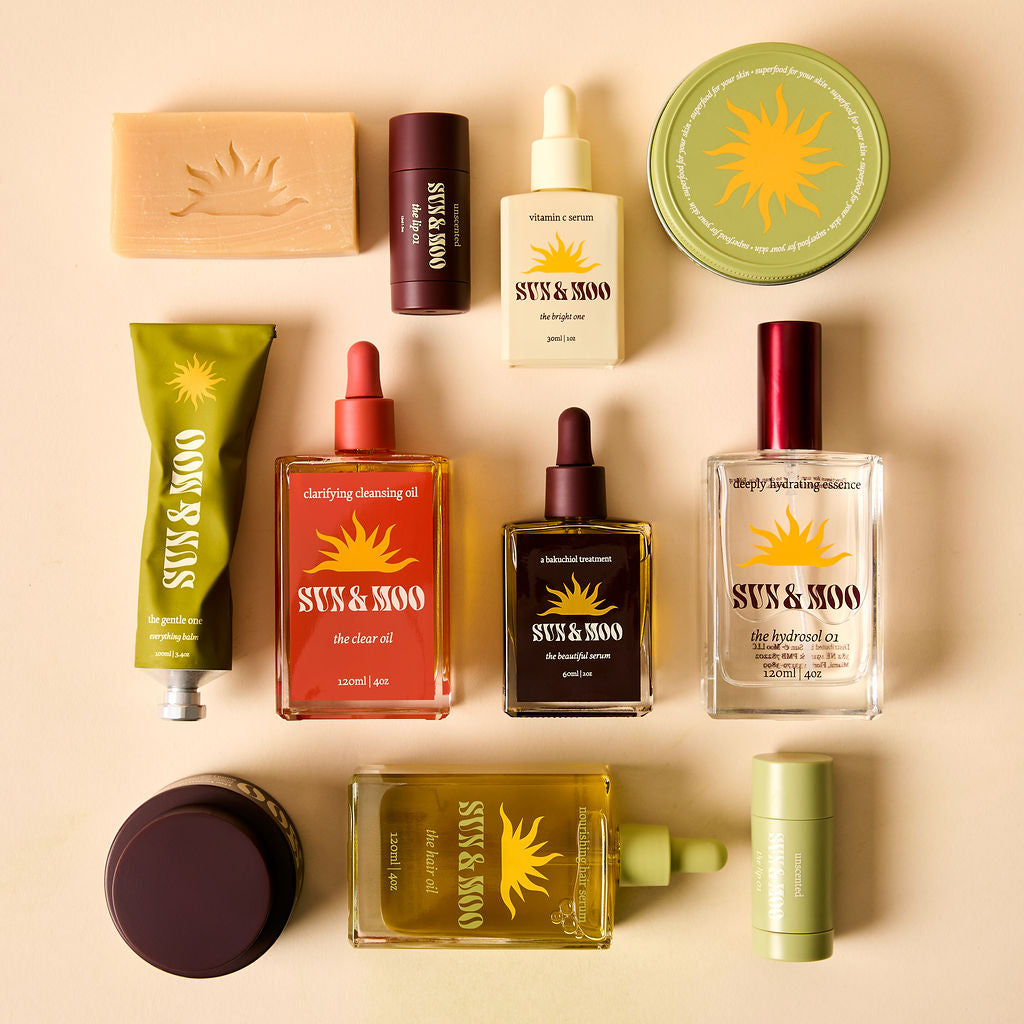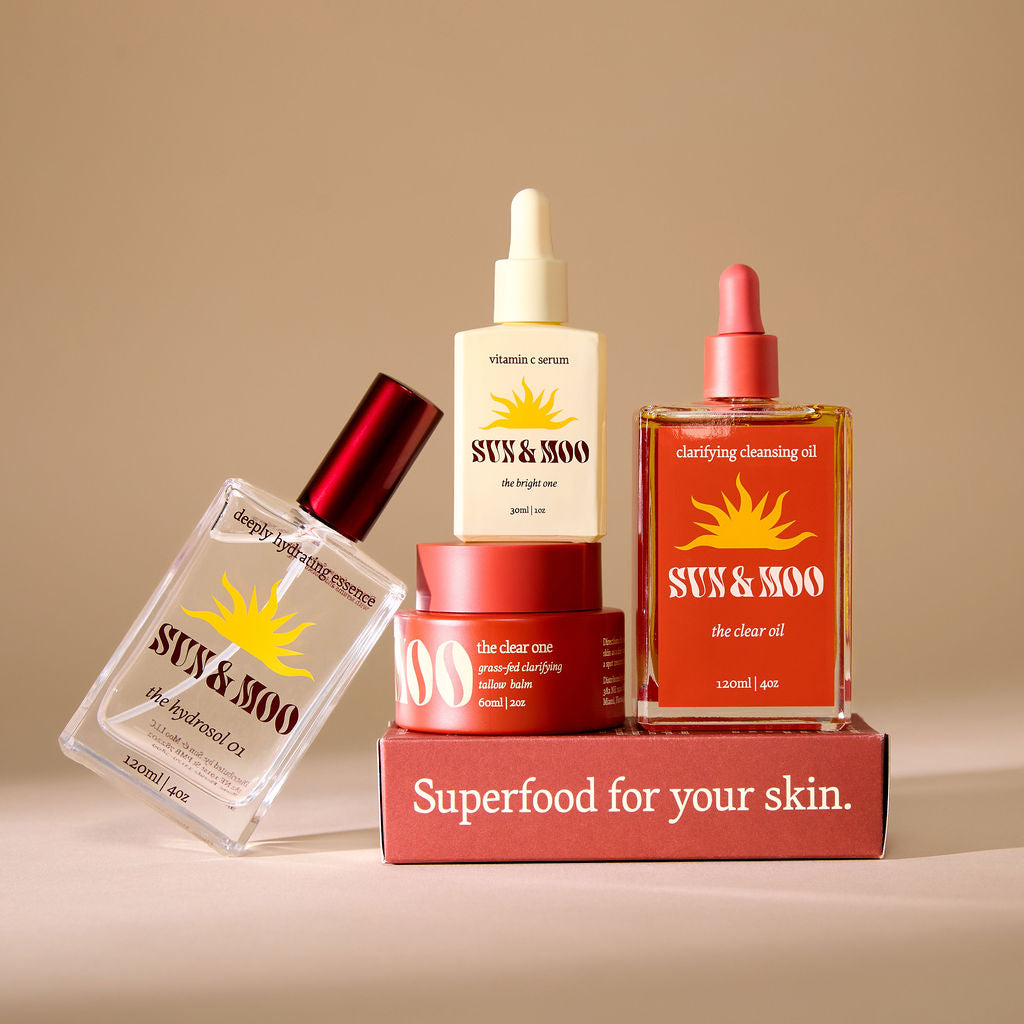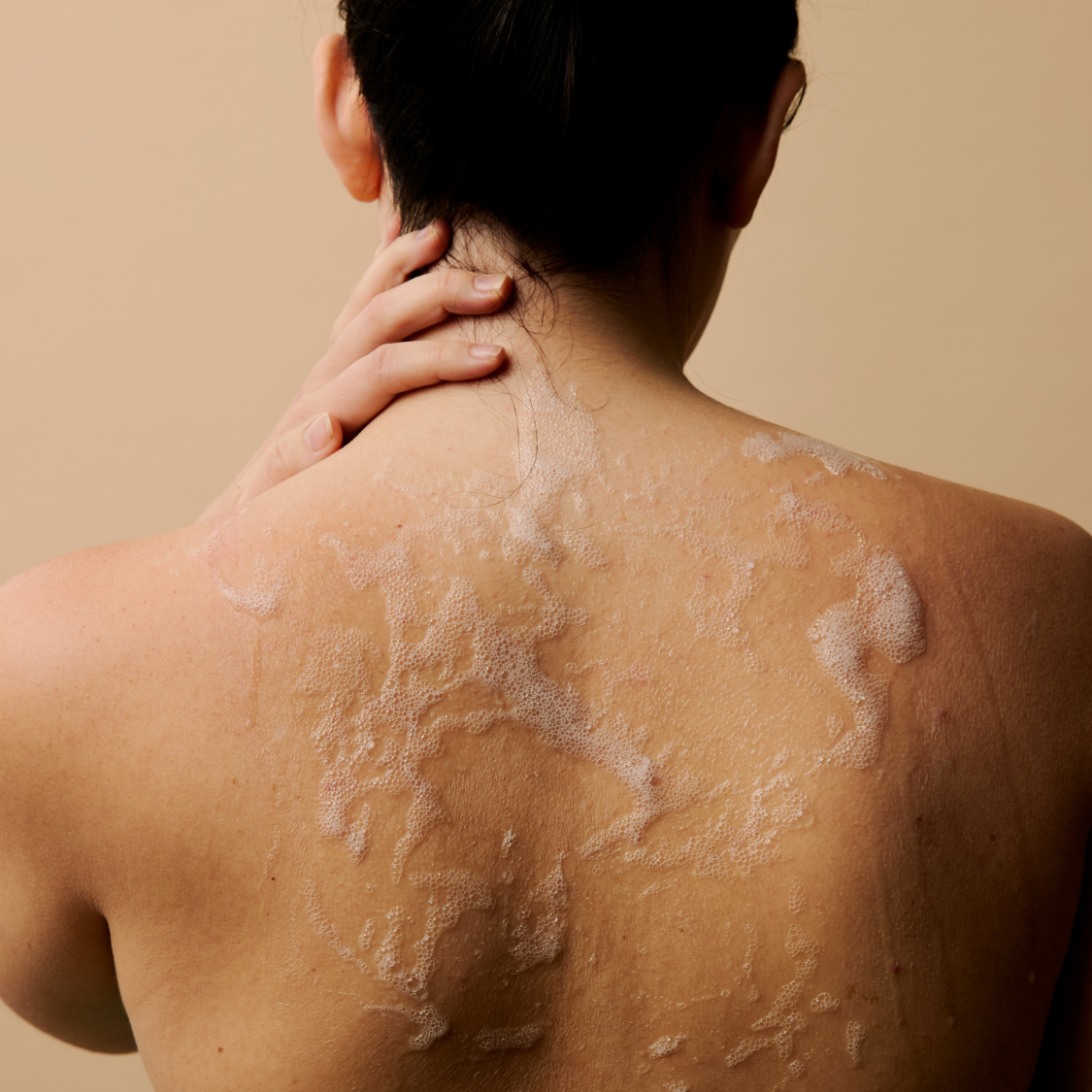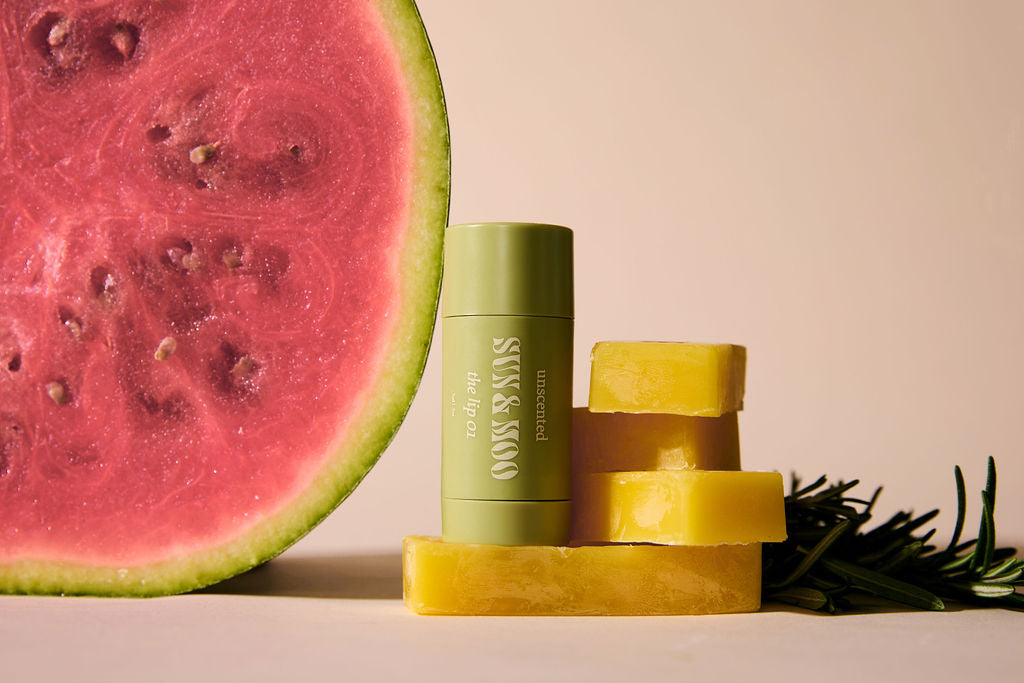There is a common misconception floating around that wet-rendered tallow is more prone to mold than dry-rendered tallow. While it is true that mold requires moisture to grow, properly rendered and stored tallow is highly unlikely to develop mold, regardless of whether it was wet or dry-rendered.
This blog post presents clear evidence that the wet-rendered and dry-rendered tallow we use to make our products, sourced from companies that render correctly, is completely free of mold and thus, safe for skin application.
Difference Between Wet Rendering and Dry Rendering
Wet-rendering and dry-rendering are two methods used to extract tallow from suet (animal fat).
During the wet-rendering process, the animal fat is slowly simmered in water, often with salt added – the salt helps to draw the impurities out of the tallow. As the fat melts, it separates from the water, allowing the tallow to float to the top. After simmering, the tallow is skimmed off the top of the water and then cooled. To purify the tallow, this process is repeated at least three times. At the end of the rendering process, if done properly, there should be no traces of water left in the final product.
During the dry-rendering process, the fat is heated directly without the addition of water. The fat is first placed in a container and slowly heated at a low to medium temperature until it melts and separates from any remaining solid tissue. The melted fat is then strained to remove the leftover solids.
Both rendering methods yield the same purity of tallow, but what differs between the two is the consistency. The different consistencies allow us to make a wider range of products because each require a different finish.
For instance, wet-rendered tallow is our preferred choice for creating products like moisturizing balms due to its softer consistency, which facilitates an easier application over larger areas of the skin. Conversely, dry-rendered tallow, known for its firmer texture, is ideal for formulating products that require more solidity, such as salves and chapsticks.
Properly Rendered Tallow
When it comes to skincare, the quality of ingredients sourced is very important. In terms of tallow, the main concern is the efficiency of the rendering process and the storage of the final product.
What determines whether tallow has been properly rendered and stored ultimately depends on two important factors:
1. Are there microbes present (mold, bacteria, yeast) in the final product?
2. Is there water present in the final product?
It's important to recognize that water itself isn't the issue; rather, it's the presence of microbes. Water provides a favorable environment for existing bacteria, mold and yeast to thrive. Thus, the crucial determining factor for safety is the absence of these microbes.
The Tallow Sun & Moo Sources
We source our wet-rendered and dry-rendered tallow from well-established and trusted companies, but we wanted physical proof of the quality of these products to show that these moldy misconceptions aren’t fact.
To prove that wet rendering can, in fact, yield high-quality tallow that is free from mold, and other microbial contaminants, and free from the potential of microbial growth, we decided to test both our dry rendered and wet rendered tallow.
Interestingly, there is limited objective data available on this matter, which is why we felt it was necessary to test our sourced tallow.
We submitted both our wet-rendered and dry-rendered tallow for testing to check for microbial contaminants and water activity. The results came back negative, indicating that no mold, bacteria, yeast or water was present in any of the tallow used to make our products.
Lab Results



Fig. 1 is the data from our dry-rendered tallow. Fig. 2 and Fig. 3 is the data from each of the wet-rendered tallows we use.
Let's break down what this data means...
Water activity:
-
For water-free products, water activity units (Aw) should be <0.65 to prevent growth of bacteria, yeast, and mold.
-
USP 61: is testing for general plate counts of bacteria, yeast, mold, and enteric bacteria
- FDA guidelines recommend <1,000 CFU/g for each of these tests
- CFU = colony forming unit, you can think of it as a single microbial cell
-
USP 62: is testing for presence/absence of specific known pathogenic microbes that are associated with skin infections
- All the microbes should be absent in 10 grams of product
Why Our Brand Stands Out
Tallow has become very popular over the past few years -- much of it being produced by small home businesses. Sun & Moo started out as a small home business, but since we have grown, things have changed.
In our commitment to maintaining the highest standards of cleanliness and quality during production, it is our top priority that our products are made in a safe and hygienic environment.
Our team wears gloves and hair nets at all times to prevent any contamination. All equipment and tools used during production are thoroughly cleaned and sanitized on a regular basis. Additionally, each jar is sterilized before filling, eliminating any possibility of further contamination.
One major way our products stand out amongst our competitors is the feel and consistency of our tallow balms. This is a VERY challenging thing to do. We have developed a unique technique of whipping and rendering that isn’t used anywhere else. Our tallow balms aren't overly firm or overly soft, they are the perfect balance of soft and smooth.
Lastly as you can see, we manufacture our products with high-quality, mold-free sourced tallow, and we will continue to use wet-rendered tallow because it allows us to make incredibly effective and unique products.
We've built this company into something we are truly proud of, and we want to share just how high our standards are with you.
We are dedicated to providing the finest natural skincare products and we believe that every aspect -- from quality ingredients to texture, spreadability, scent and effectiveness -- should be carefully considered when creating each product.








